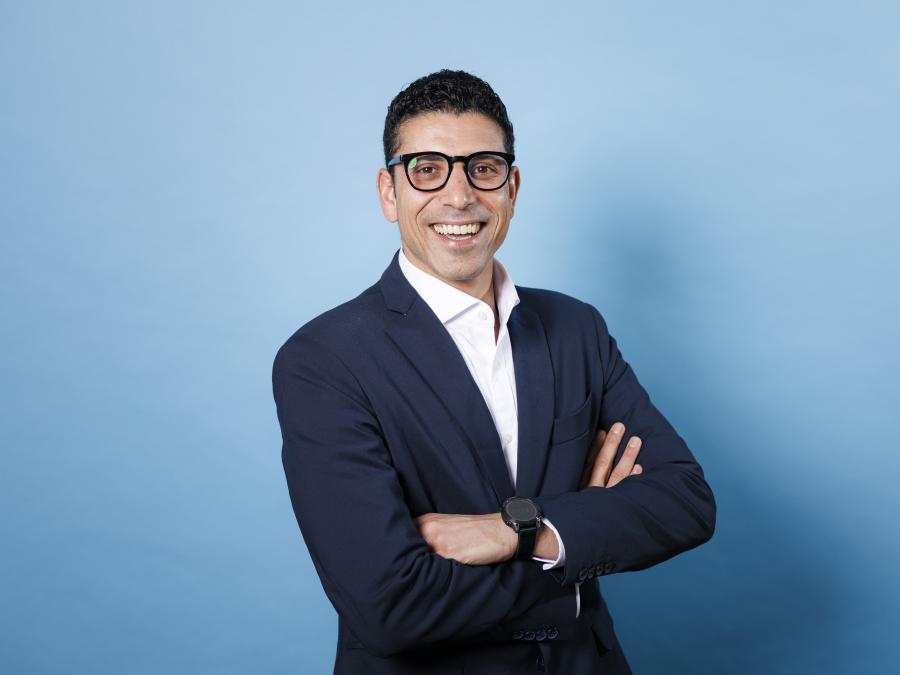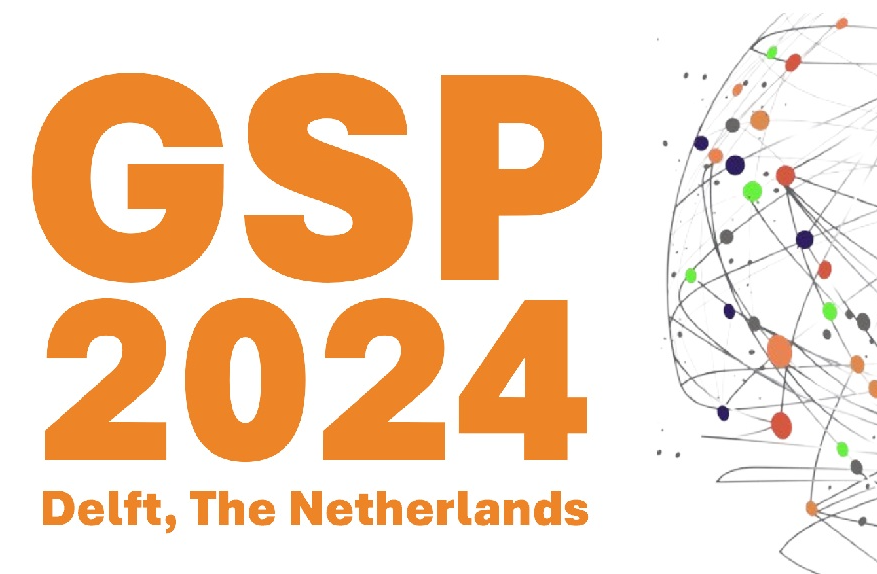Agenda
PhD Thesis Defence
- Tuesday, 13 April 2021
- 12:30-13:30
- online
Rate-constrained multi-microphone noise reduction for hearing aid devices
Jamal Amini
Many people around the world suffer fromhearing problems (In theNetherlands, around 11%of the population is considered hearing-impaired). To overcome their hearing problems, advanced technologies like hearing aid devices can be used. Hearing aids are meant to assist the hearing-impaired to improve the speech intelligibility and the quality of sounds that they intend to hear. Usually these include processors which are mainly designed to enhance the sound signals originating form the source of interest by reducing the environmental noise. Binaural hearing aids, on the other hand, can also help to preserve some spatial information from the acoustic scene, which can help the hearing aid user to hear the sounds from the correct locations. To construct the binaural hearing aid system, two hearing aids are needed to be placed in the left and the right ears, which can potentially communicate through a wireless link. In addition, one can think of additional assisting devices with microphones placed in the environment. One common way to reduce the noise is to use advanced binaural multi-microphone noise reduction algorithms, which aim at estimating some desired sources while reducing the power of the undesired sources. One typical method is to use spatial filtering, which aims at estimating the target signal by shaping the beam towards the location of the desired source while canceling/suppressing the other sources.
To performbinaural noise reduction, while assuming centralized processing, the signals recorded at remote microphones (for example from additional assisting devices or in the binaural hearing aid setup, the sound signals from the contralateral hearing aid) need to be transmitted to the central processor. Due to the power and bandwidth limitations, the data needs to be compressed before transmission. Therefore, the main question would be, at which rate the data should be compressed to have reasonably good noise reduction performance. This links the noise reduction problem to the data compression problem. Generally, the higher the data rate, the better the noise reduction performance. Therefore, there is a trade-off between the performance of the noise reduction algorithmand the data-rate at which the information is compressed. This problem is closely connected to the rate-distortion problem from an information-theoretic viewpoint. Studying the effect of data compression on the performance of noise reduction problems would be of great interest to reduce the power consumption of hearing assistive devices.
Oneway to incorporate data compression into the noise reduction problem is to perform quantization, which leads to a rate-constrained noise reduction problem. In the rate-constrained noise reduction, the goal is to estimate the desired sources based on the imperfect data. The observations from remote sensors are quantized and transmitted to the fusion center. The main challenge in the binaural rate-constrained noise reduction is to find the best quantization rates for the different sensors at different frequencies, given the physical constraints like bitrate and power constraints.
Another aspect of the rate-constrained noise reduction is to expand the network to receive more information on the acoustic scene using additional assistive devices. Target source estimation using information form such assistive devices (rather than only binaural hearing aids) is shown to result in better noise reduction performance. Now the question is how to allocate the bitrates to the assistive devices as well. These assistive devices can be thought of as the remote embedded microphones on the cell-phones (mobile) or wearablemicrophones placed at the users’ bodies. The binaural hearing aid system can thus be generalized to allow other assistive devices to contribute to noise reduction.
In this dissertation, we study and propose different rate-constrained multi- microphone noise reduction algorithms. We try to expand the notion of the binaural rateconstrained noise reduction to multi-microphone rate-constrained noise reduction for general wireless acoustic sensor networks (WASNs). The WASN in this case can include the binaural setup along with other assistive devices. We propose different algorithms to cover the main objectives of rate-constrained noise reduction problems. These objectives mainly include good target estimation (less environmental noise power) given the compressed data, good rate allocation strategies in WASNs, and preferably preserved spatial information of the sources in the acoustic scene to get the correct impression of the acoustic scene.
Additional information ...
Agenda
- Thu, 25 Apr 2024
- 15:30
- EEMCS, Snijderszaal
Microelectronics colloquium

Achilleas Savva
Regenerative Bioelectronic Technologies - #ReBooT
'Regenerative Bioelectronics' merges insights from two distinct research domains: stem cell-based regenerative medicine and bioelectronic engineering. The great therapeutic potential of stem cells to give solutions to untreated neurological disorders, has recently been verified by clinical trials in human
- Mon, 6 May 2024
- 12:30
- Aula Senaatszaal
PhD Thesis Defence

Christoph Manss
Multi-agent exploration under sparsity constraints
- Tue, 21 May 2024
- 10:00
- Aula Senaatszaal
PhD Thesis Defence

Wangyang Yu
- 27 -- 28 May 2024
- Aula, TU Delft
Conferences

44th Benelux Symposium on Information Theory and Signal Processing (SITB'24, Delft)
- Tue, 18 Jun 2024
- 15:00
- Aula Senaatszaal
PhD Thesis Defence

Hanie Moghaddasi
Model-based feature engineering of atrial fibrillation
- Mon, 24 Jun 2024
- Aula, TU Delft
Conferences

7th Graph Signal Processing Workshop (GSP 2024)
- Wed, 10 Jul 2024
- 10:00
- Aula Senaatszaal
PhD Thesis Defence
